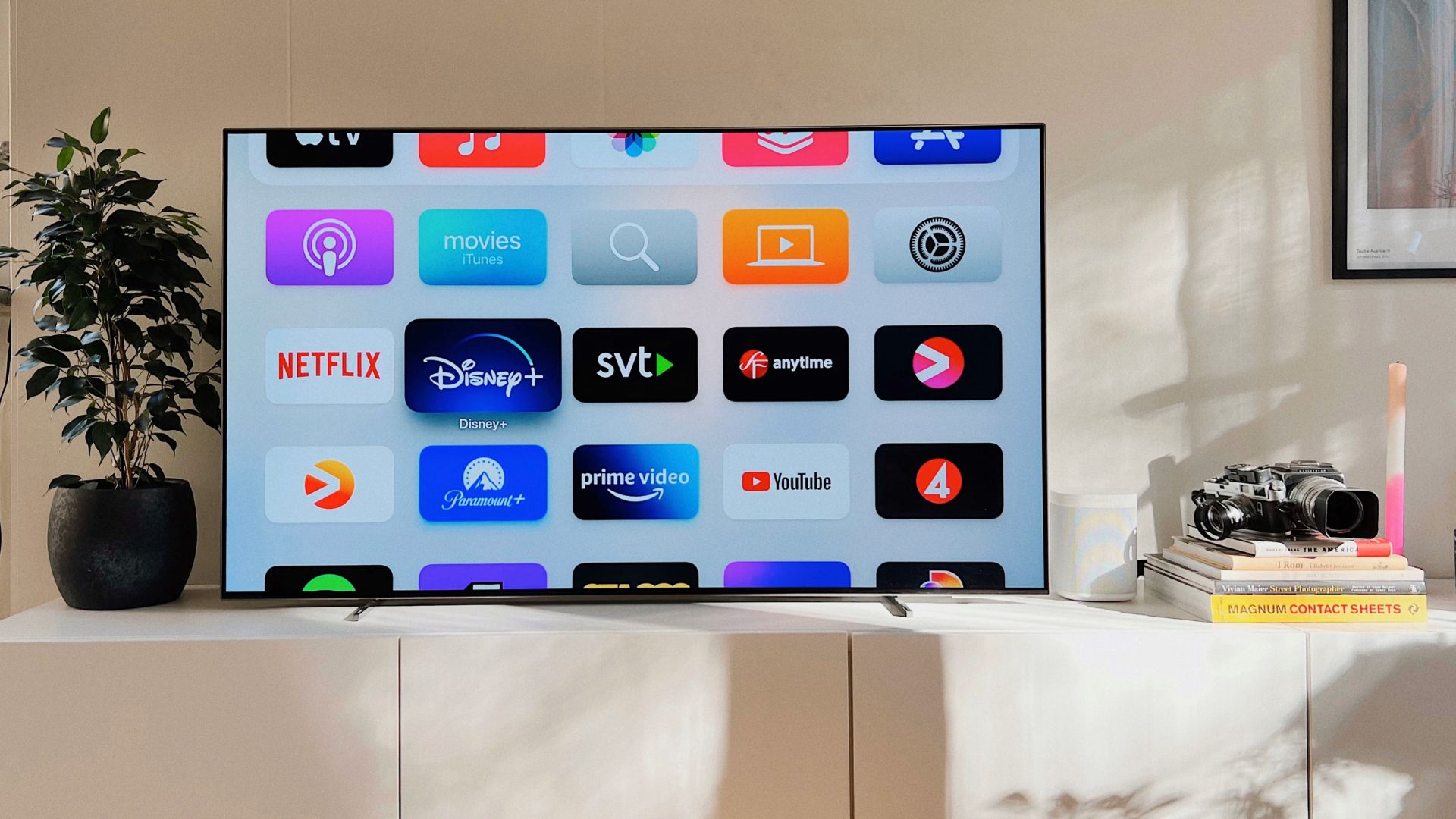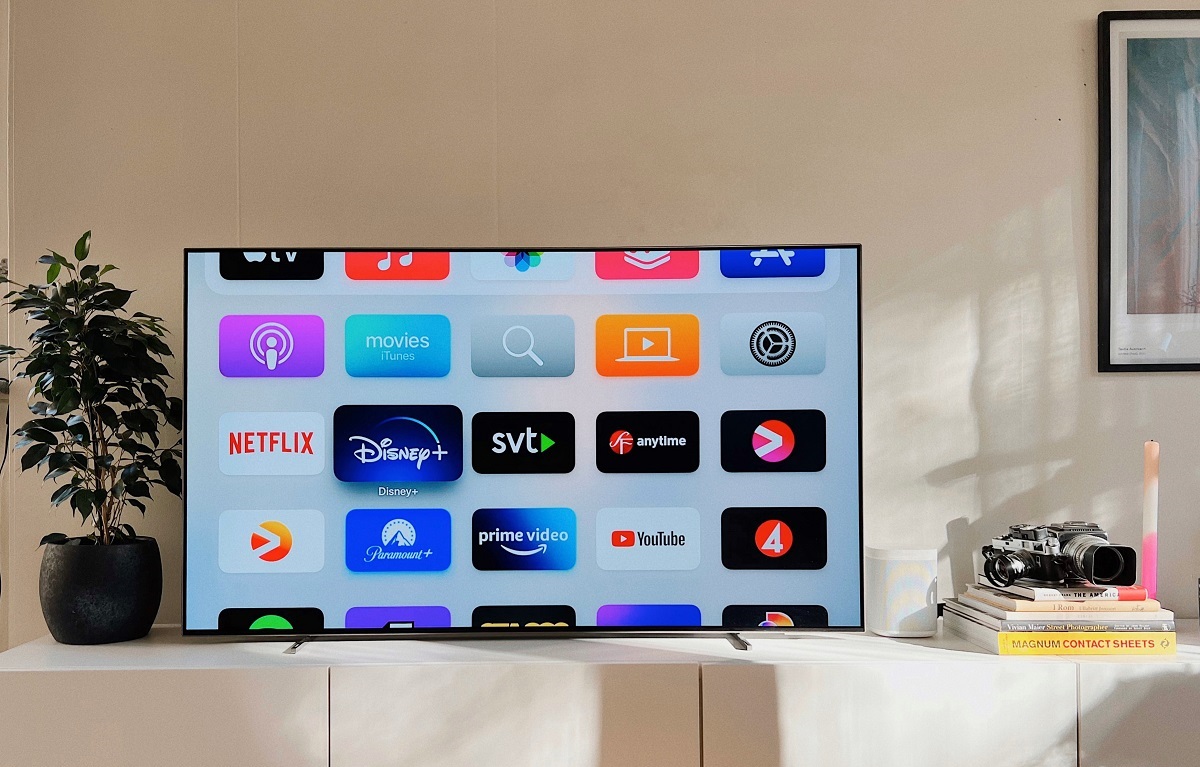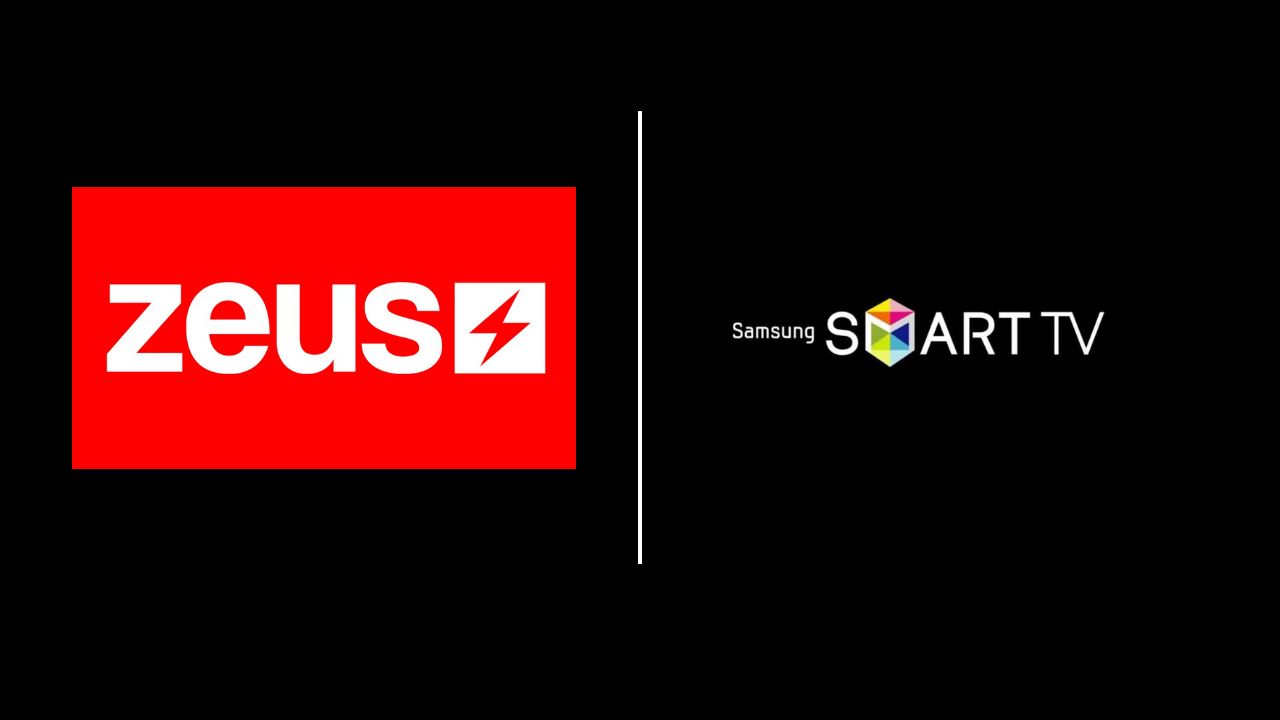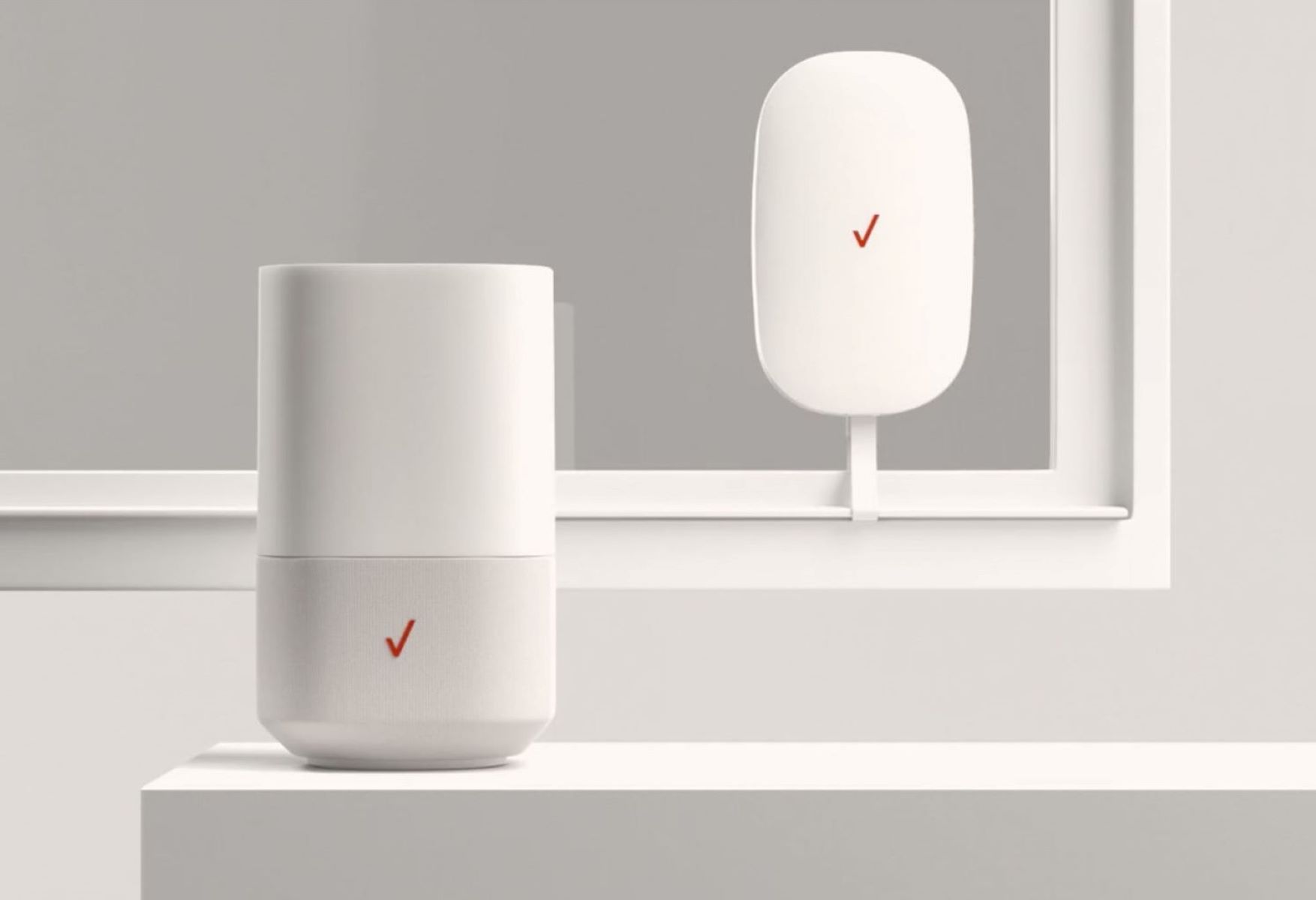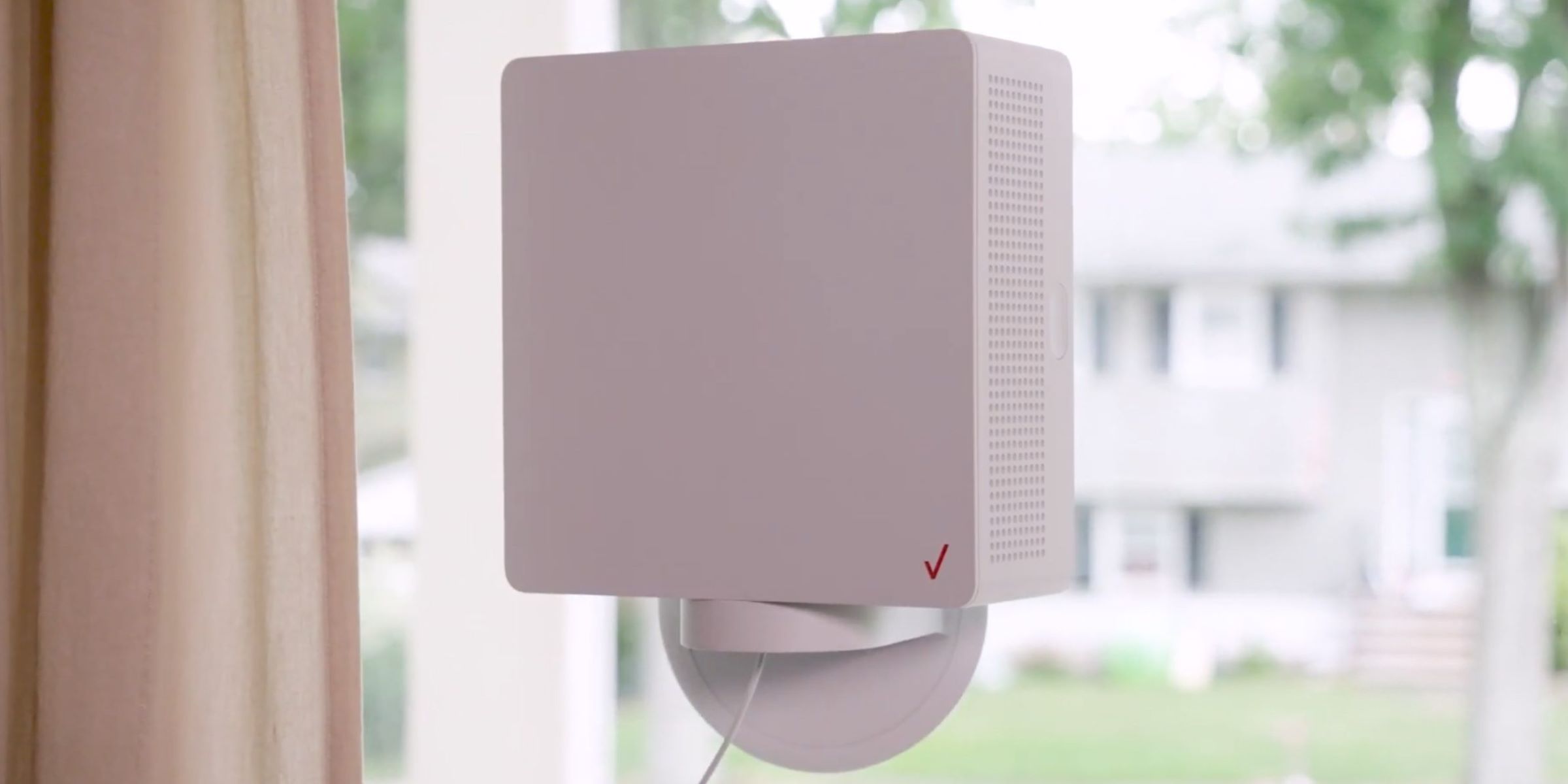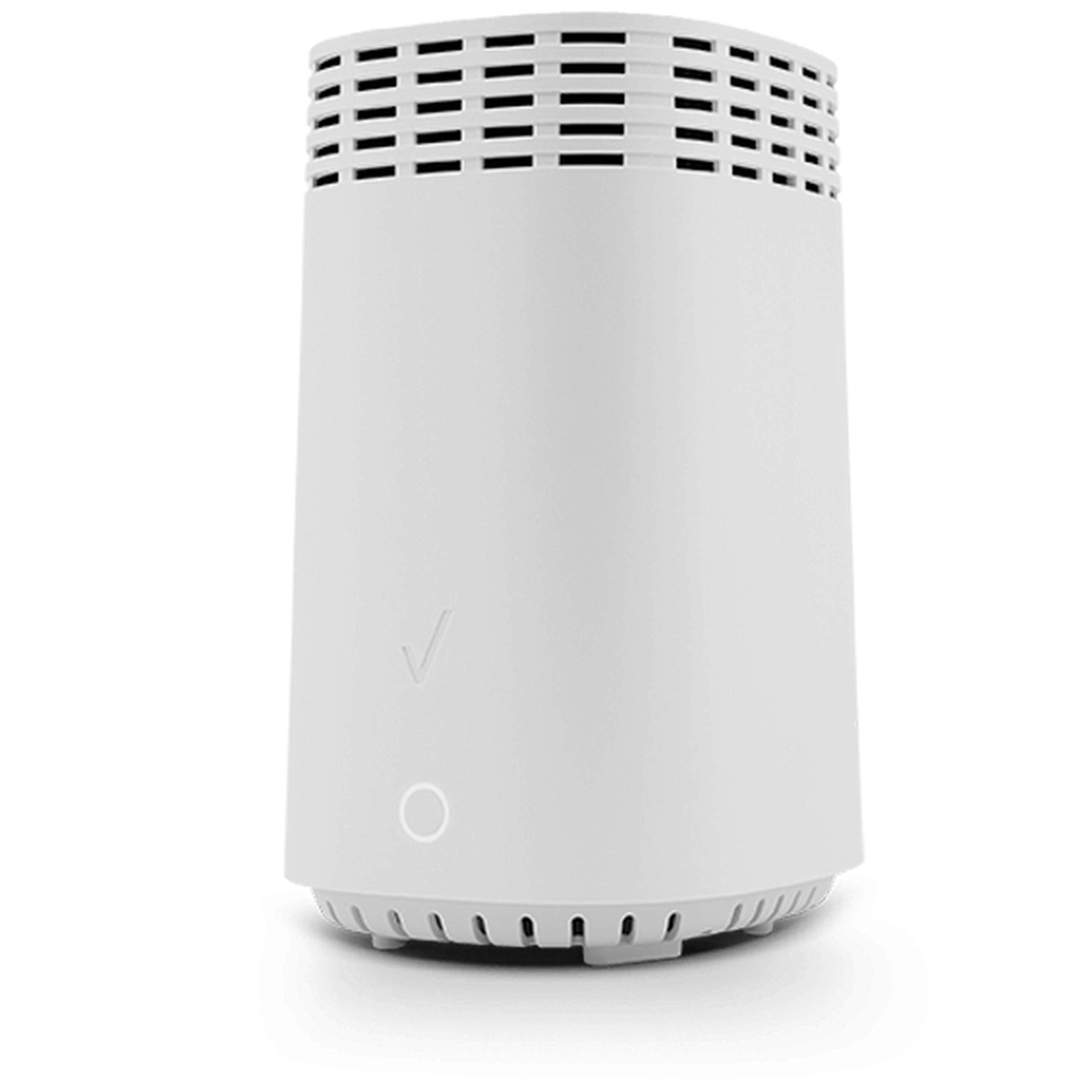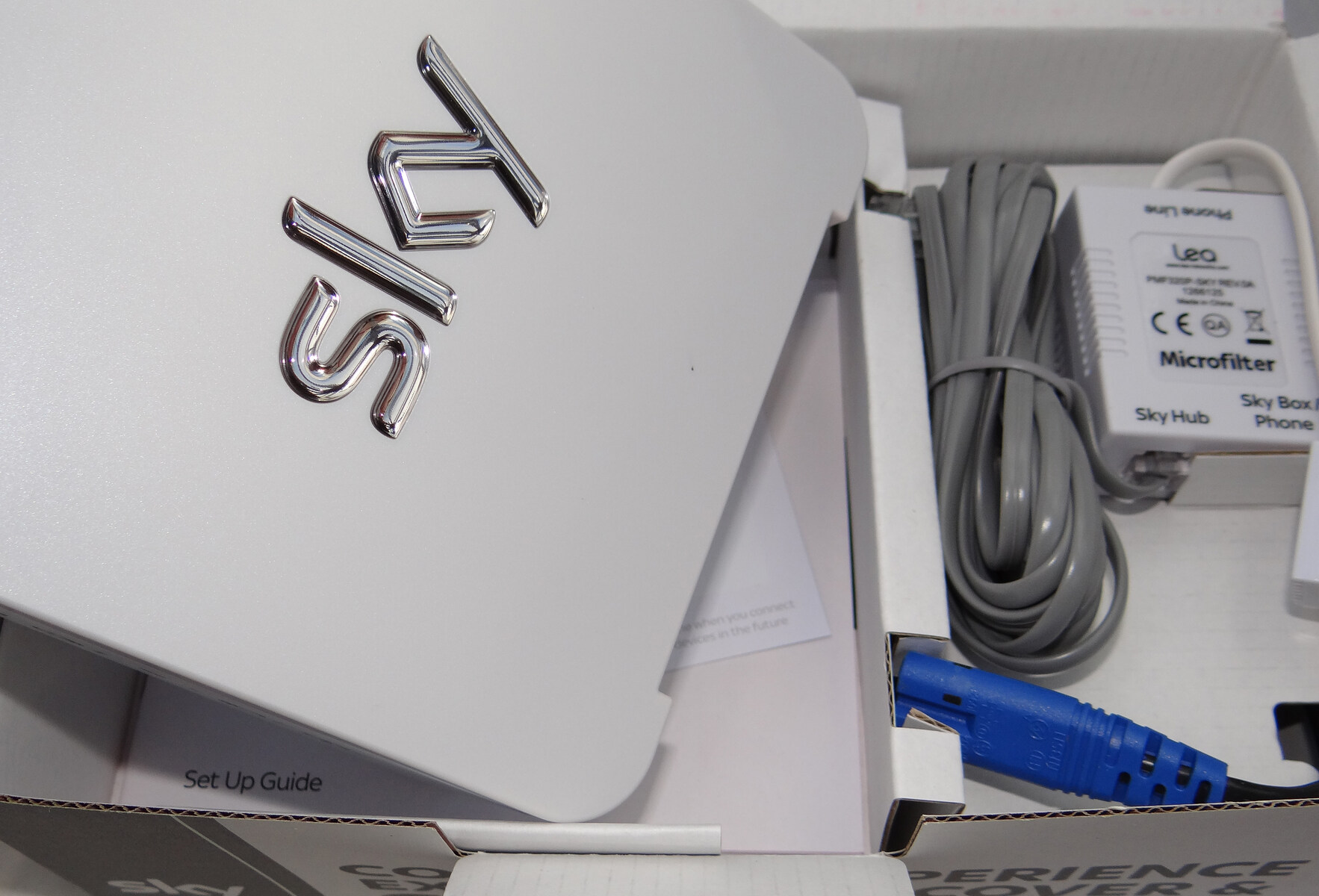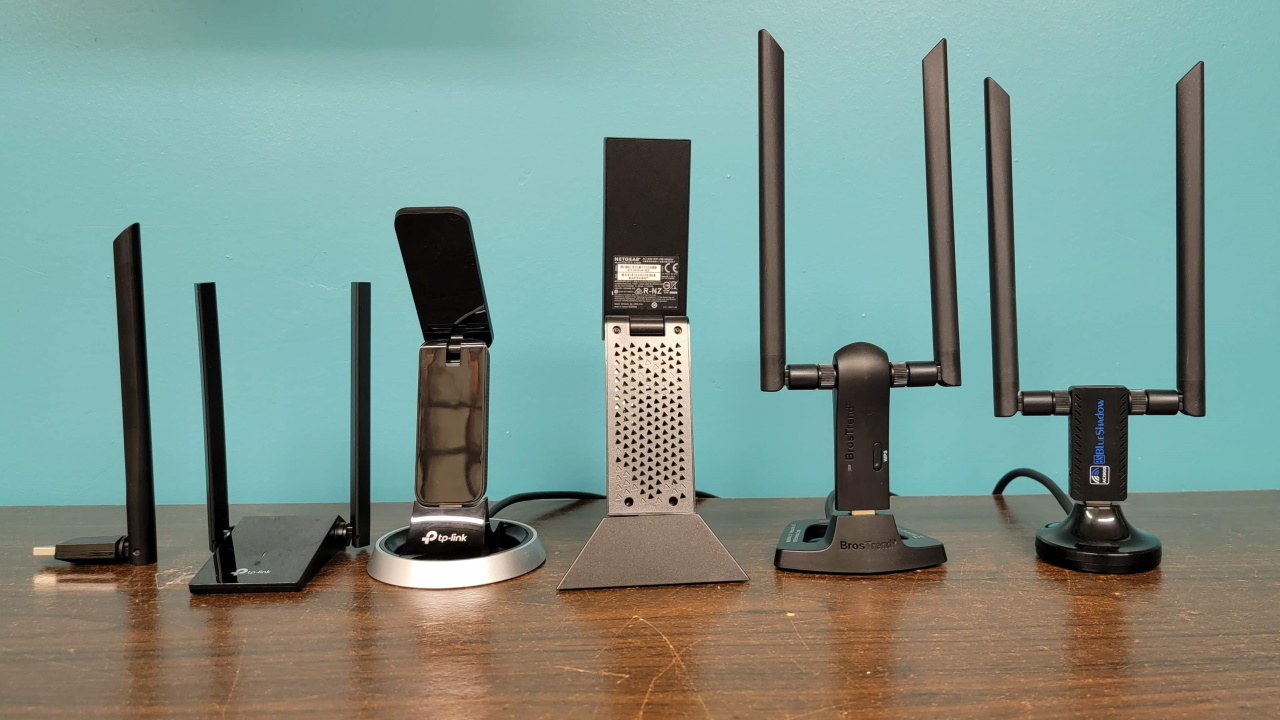Introduction
With the rapid advancement of technology, smart TVs have become a popular choice for many households. These intelligent devices offer a wide range of features, allowing users to stream their favorite shows and movies, browse the internet, and access various apps and services.
However, to fully enjoy the capabilities of a smart TV, a stable and reliable internet connection is essential. This is where broadband comes into play. Broadband refers to high-speed internet access that enables faster data transmission and seamless streaming experiences.
Choosing the right broadband speed for your smart TV is crucial in ensuring smooth and uninterrupted viewing. But with so many options and technical jargon to consider, it can be overwhelming to determine what speed you actually need.
In this article, we will explore the factors that influence the broadband speed requirements for smart TV usage. We will also provide recommendations for different streaming services and share some tips on optimizing your broadband connection for an enhanced viewing experience. Whether you’re a casual viewer or a binge-watcher, this guide will help you make an informed decision about your broadband needs.
What is a Smart TV?
A smart TV, also known as a connected TV, is a television set that is equipped with internet connectivity and integrated streaming capabilities. Unlike traditional TVs, which can only receive signals from cable, satellite, or antenna sources, smart TVs offer a range of added functionalities that enhance the viewing experience.
Smart TVs are designed to provide users with access to a wide variety of digital content and online services. They come equipped with built-in apps and platforms that allow users to stream movies and TV shows from popular streaming services like Netflix, Hulu, and Amazon Prime Video. Additionally, smart TVs provide direct access to social media platforms, web browsing, gaming apps, and music streaming services.
To access these features, smart TVs are typically equipped with an operating system that serves as a platform for downloading and installing apps. Some of the most popular operating systems found in smart TVs include Android TV, WebOS, Tizen, and Roku TV. These operating systems offer a user-friendly interface and allow for customization based on individual preferences.
Another notable feature of smart TVs is the ability to connect to the internet through an Ethernet cable or Wi-Fi. This connectivity enables users to stream content directly from online sources, eliminating the need for additional equipment or cables.
Additionally, many smart TVs support screen mirroring, which allows users to mirror the display of their smartphones, tablets, or laptops onto the TV screen. This feature is particularly useful for sharing photos, videos, and presentations with friends and family or for accessing content on a larger screen.
Overall, a smart TV combines the functionalities of a traditional television with internet connectivity, providing users with a seamless and versatile entertainment experience. With the ability to access a wide range of digital content and online services, smart TVs have revolutionized the way we consume media in the comfort of our own homes.
How does a Smart TV use broadband?
A smart TV relies on broadband internet to access and stream online content. When connected to the internet, a smart TV utilizes the broadband connection to perform various tasks, such as streaming videos, downloading apps, and browsing the web.
Streaming is one of the primary uses of broadband for smart TVs. Streaming involves watching videos, movies, or TV shows in real-time over the internet. With a stable broadband connection, smart TVs can seamlessly stream content from popular streaming platforms like Netflix, Amazon Prime Video, and Disney+. The quality of the streaming experience and the ability to watch high-definition (HD) or even 4K content heavily depend on the speed and stability of the broadband connection.
Smart TVs also rely on broadband to download and update apps. These apps can range from streaming services to gaming applications, allowing users to access a vast library of content. Broadband speed plays a crucial role in the download and installation process, ensuring that apps are ready to use in a timely manner.
In addition to streaming and app downloads, a smart TV also uses broadband for web browsing. Smart TVs often come with built-in browsers that allow users to surf the internet directly from their TVs. Whether it’s checking emails, reading news articles, or accessing social media platforms, a reliable broadband connection is needed to load web pages quickly and ensure a smooth browsing experience.
Furthermore, smart TVs may also rely on broadband for firmware updates. Manufacturers release periodic firmware updates that enhance the performance and functionality of smart TVs. These updates are typically downloaded via the internet and installed onto the TV, requiring a stable broadband connection.
It’s important to note that different smart TV functions require varying amounts of bandwidth. Streaming high-definition (HD) or 4K content, for example, requires a faster and more stable broadband connection compared to browsing static web pages. Therefore, the speed and reliability of your broadband connection directly impact the performance and capabilities of your smart TV.
Factors to consider when choosing the right broadband speed for your Smart TV
Choosing the right broadband speed for your smart TV is essential to ensure smooth streaming, quick app downloads, and an overall enjoyable viewing experience. Here are some factors to consider when determining the appropriate broadband speed:
Streaming quality: The quality of the streaming experience depends on the speed of your broadband connection. Higher quality streams, such as HD or 4K content, require faster speeds to avoid buffering and ensure crisp, clear video playback. If you frequently stream high-definition content, consider a broadband speed that can support the desired streaming quality.
Number of devices connected: Take into account the number of devices connected to your broadband network simultaneously. If you have multiple smart TVs or other devices that require internet access, such as smartphones, tablets, or gaming consoles, you will need a broadband speed that can support the bandwidth demands of all devices without compromising performance.
Internet usage patterns: Consider your internet usage habits beyond just streaming on your smart TV. If you engage in other online activities, such as gaming, video conferencing, or downloading large files, take these additional bandwidth requirements into account when selecting your broadband speed. Ensure your chosen speed can accommodate all your internet activities without causing slowdowns or interruptions.
Distance from the router: The proximity of your smart TV to the Wi-Fi router can affect the quality and speed of your broadband connection. If your smart TV is located far from the router, you may experience weaker signal strength, leading to slower speeds. In such cases, you may need a higher broadband speed to compensate for the loss of signal strength over distance or consider using a wired Ethernet connection for improved stability.
Internet service provider (ISP) limitations: Check the broadband plans and offerings available from your internet service provider (ISP). ISPs often offer different tiers of broadband speeds, and the availability of higher speeds may vary depending on your location. Research the plans and select one that best meets your needs and is within your budget.
Budget: While it’s essential to have a suitable broadband speed for your smart TV, you should also consider your budget. Higher speed plans are typically more expensive, so strike a balance between your desired streaming quality and what you can afford. Evaluate your needs and preferences to select a broadband speed that provides a satisfactory viewing experience without breaking the bank.
By considering these factors, you can make an informed decision about the appropriate broadband speed for your smart TV. Keep in mind that it’s always better to opt for a slightly higher speed to accommodate future needs and ensure a seamless and uninterrupted viewing experience.
Streaming quality and broadband speed requirements
The streaming quality you desire for your smart TV directly impacts the broadband speed required to ensure a smooth and uninterrupted viewing experience. Different streaming qualities have varying bandwidth requirements. Here are the broadband speed recommendations for different streaming qualities:
Standard Definition (SD): Streaming content in standard definition requires a minimum broadband speed of around 3-4 Mbps. At this speed, you can expect decent video quality without interruptions or buffering. SD streams are suitable for smaller screens or if you have a slower internet connection.
High Definition (HD): To stream content in high definition, you will need a broadband speed of at least 5-8 Mbps. This speed ensures sharp visuals and clear audio, providing a more immersive viewing experience. HD streams are ideal for larger screens and if you want to enjoy your favorite shows and movies with better picture quality.
Ultra High Definition/4K (UHD/4K): If you have a 4K smart TV and want to enjoy content in stunning detail, you will need a higher broadband speed. For smooth, buffer-free 4K streaming, a speed of at least 25 Mbps is recommended. 4K streams require significantly more bandwidth due to the higher resolution and increased data transfer. This speed allows for vivid colors, crisp details, and an enhanced viewing experience on 4K supported TVs.
It’s important to note that these broadband speed recommendations are guidelines, and the actual bandwidth required may vary based on the streaming service’s compression techniques, network conditions, and other factors. Therefore, it’s always advisable to have a broadband speed slightly higher than the minimum recommendations to allow for fluctuations and variations in internet speed.
To determine the ideal broadband speed for your smart TV, consider the streaming quality you desire, the number of devices connected to your network, and any other concurrent internet activities. Additionally, keep in mind that multiple users or devices using the same broadband connection simultaneously will require higher speeds to ensure smooth streaming for all users.
If you frequently stream in different locations within your home, such as multiple smart TVs in different rooms, or if you have multiple family members using the internet at once, you may need a higher broadband speed plan to accommodate the increased demand.
By selecting the appropriate broadband speed based on your streaming quality preferences and considering the other factors mentioned, you can enjoy seamless playback, minimal buffering, and an immersive viewing experience on your smart TV.
Recommended broadband speeds for different streaming services
Each streaming service has its own recommended broadband speed to ensure optimal streaming quality. Here are the recommended broadband speeds for popular streaming platforms:
Netflix: To stream content on Netflix, the recommended broadband speed varies based on the streaming quality you desire. For standard definition (SD) streaming, a minimum speed of 3 Mbps is recommended. For high definition (HD) streaming, a speed of 5 Mbps or higher is recommended. For Ultra HD/4K streaming, a speed of 25 Mbps or higher is recommended for the best experience.
Amazon Prime Video: For Amazon Prime Video, a minimum broadband speed of 900 Kbps is needed for SD streaming. For HD streaming, a speed of 3.5 Mbps or higher is recommended, while for Ultra HD streaming, a speed of 15 Mbps or higher is recommended.
Disney+: Disney+ recommends a minimum broadband speed of 5 Mbps for SD streaming. For HD streaming, a speed of 5 Mbps or higher is recommended, and for Ultra HD/4K streaming, a speed of 25 Mbps or higher is recommended.
Hulu: Hulu recommends different broadband speeds based on the streaming quality and the number of concurrent streams. For SD streaming, a minimum speed of 3 Mbps is recommended. For HD streaming, a speed of 8 Mbps or higher is recommended. For live TV streaming, a faster speed of 8 Mbps or higher is recommended to ensure smooth, buffer-free playback.
YouTube: YouTube also recommends different broadband speeds based on the streaming quality. For standard definition (SD) streaming, a minimum speed of 2.5 Mbps is recommended. For high definition (HD) streaming, a speed of 5 Mbps or higher is recommended. For 4K streaming, a speed of 25 Mbps or higher is recommended.
It’s important to note that these recommended broadband speeds are subject to change and may vary based on the specific content being streamed, as well as other factors like network congestion and device capabilities. Higher speeds than the minimum recommendations are always preferable to ensure a smooth streaming experience with minimal buffering and interruptions.
When selecting your broadband speed, consider the streaming services you frequently use and their respective recommendations. If you use multiple streaming services or have multiple devices streaming simultaneously, it’s advisable to opt for a broadband speed that can handle the combined bandwidth requirements.
By ensuring your broadband speed meets or exceeds the recommendations for your preferred streaming services, you can enjoy high-quality, uninterrupted streaming of your favorite shows, movies, and videos on your smart TV.
Other activities that can affect your broadband speed while using a Smart TV
While streaming content on your smart TV is a primary factor that affects broadband speed, there are other activities and factors that can also impact your internet connection. These activities can reduce the available bandwidth and result in slower speeds for your smart TV. Here are some common activities that can affect your broadband speed:
Other connected devices: The number of devices connected to your home network simultaneously can impact your broadband speed. If you have multiple devices actively using the internet, such as smartphones, tablets, laptops, gaming consoles, or other smart TVs, the available bandwidth is shared between them. Each device consumes a portion of the available bandwidth, potentially affecting the overall speed experienced by your smart TV.
File downloads and uploads: Uploading or downloading large files on any device within your network can consume significant bandwidth. For example, if you’re downloading a large software update or uploading files to cloud storage, it can slow down the internet speed for other activities, including streaming on your smart TV. To minimize the impact on your smart TV streaming experience, consider scheduling large file transfers during times when you don’t require high-speed internet access for streaming.
Online gaming: Online gaming can be bandwidth-intensive, especially in multiplayer scenarios where real-time communication and data exchange are involved. If someone in your household is engaging in online gaming while you’re streaming on your smart TV, it can potentially degrade the streaming quality due to the shared bandwidth. Consider coordinating with other household members to avoid high-bandwidth activities simultaneously or prioritize critical activities like streaming on your smart TV.
Background system updates: Automatic system updates for your connected devices, including smartphones, tablets, and computers, can occur in the background and consume bandwidth. These updates may happen without your knowledge and can impact the available internet speed for your smart TV. To avoid interruptions or slowdowns, adjust the update settings on your devices to schedule them during off-peak hours or manually trigger updates when it doesn’t conflict with your smart TV usage.
Network congestion: The overall network congestion in your area can affect your broadband speed, especially during peak usage hours. If many users in your neighborhood or building are simultaneously consuming a large amount of bandwidth, it can result in slower speeds for everyone. Unfortunately, you have little control over network congestion, but you can contact your internet service provider (ISP) to inquire about peak hours and potential solutions.
Wi-Fi signal strength and interference: The strength of your Wi-Fi signal can impact the broadband speed experienced by your smart TV. If the Wi-Fi signal is weak, it can result in slower speeds and a degraded streaming experience. Additionally, interference from neighboring Wi-Fi networks, electronic devices, or physical obstructions can also affect signal quality. Consider optimizing your Wi-Fi setup by placing the router in a central location, away from other electronic devices, or using Wi-Fi range extenders to improve signal strength and minimize interference.
By being aware of these factors and minimizing bandwidth-intensive activities that can affect your broadband speed, you can ensure a smoother streaming experience on your smart TV.
Tips for optimizing your broadband speed for Smart TV usage
To ensure optimal performance and a seamless streaming experience on your smart TV, consider implementing the following tips to optimize your broadband speed:
1. Position your Wi-Fi router properly: Place your Wi-Fi router in a central location, away from walls or obstructions that can hinder the signal. This helps ensure a strong and stable Wi-Fi connection to your smart TV.
2. Reduce interference: Minimize interference from neighboring Wi-Fi networks or other electronic devices by changing your router’s channel or using Wi-Fi extenders to expand coverage and enhance signal strength.
3. Use a wired connection: If possible, connect your smart TV to your router using an Ethernet cable instead of relying on Wi-Fi. A wired connection provides a more stable and reliable internet connection, especially for streaming high-definition or 4K content.
4. Manage connected devices: Limit the number of devices connected to your network and prioritize bandwidth for your smart TV. Close unused apps or devices that may be consuming bandwidth unnecessarily, especially if they are running in the background.
5. Monitor and manage background updates: Disable automatic background updates on your smart TV and other devices to prevent them from consuming bandwidth while you’re actively streaming. Schedule updates during off-peak hours or manually initiate them when they won’t interfere with your viewing experience.
6. Set video quality preferences: Adjust the streaming quality settings on your streaming apps or platforms to match your internet connection’s capabilities. Lower video quality settings require less bandwidth, ensuring a smoother streaming experience with fewer buffering issues.
7. Upgrade your broadband plan: Consider upgrading to a higher-speed broadband plan if your current plan no longer meets your streaming needs. Consult with your internet service provider (ISP) to explore available options and select a plan that allows for seamless streaming on your smart TV.
8. Optimize your router settings: Access your router’s settings and make adjustments to optimize its performance. This may include enabling Quality of Service (QoS) settings to prioritize bandwidth for your smart TV or adjusting other settings based on your specific router model.
9. Keep your router firmware up to date: Regularly check for and install updates for your router’s firmware. Updated firmware can improve performance, security, and compatibility, ensuring the best possible connection for your smart TV.
10. Contact your ISP: If you consistently experience slow speeds or connectivity issues, reach out to your internet service provider (ISP) for assistance. They can help troubleshoot network problems or provide suggestions for improving your broadband speed.
By implementing these tips, you can optimize your broadband speed and enjoy uninterrupted streaming on your smart TV, providing you with a superior entertainment experience.
Conclusion
Choosing the right broadband speed is essential for maximizing the capabilities of your smart TV and ensuring a seamless streaming experience. Factors such as streaming quality, the number of connected devices, and the activities taking place on your network can all impact your broadband speed.
By considering the recommended broadband speeds for different streaming services and understanding how other activities can affect your internet connection, you can make an informed decision when selecting a broadband plan that best suits your needs.
Optimizing your broadband speed for smart TV usage involves proper positioning of your Wi-Fi router, minimizing interference, managing connected devices, and utilizing wired connections whenever possible. Adjusting video quality preferences, upgrading your broadband plan, and keeping router settings and firmware up to date are also important steps in optimizing your broadband speed.
Remember to consider your unique situation, including the number of household members and devices, as well as your streaming habits, to ensure you choose a broadband speed that can handle your specific requirements.
With the right broadband speed and proper optimization techniques in place, you can enjoy uninterrupted streaming, crystal-clear video quality, and a truly immersive experience on your smart TV.







